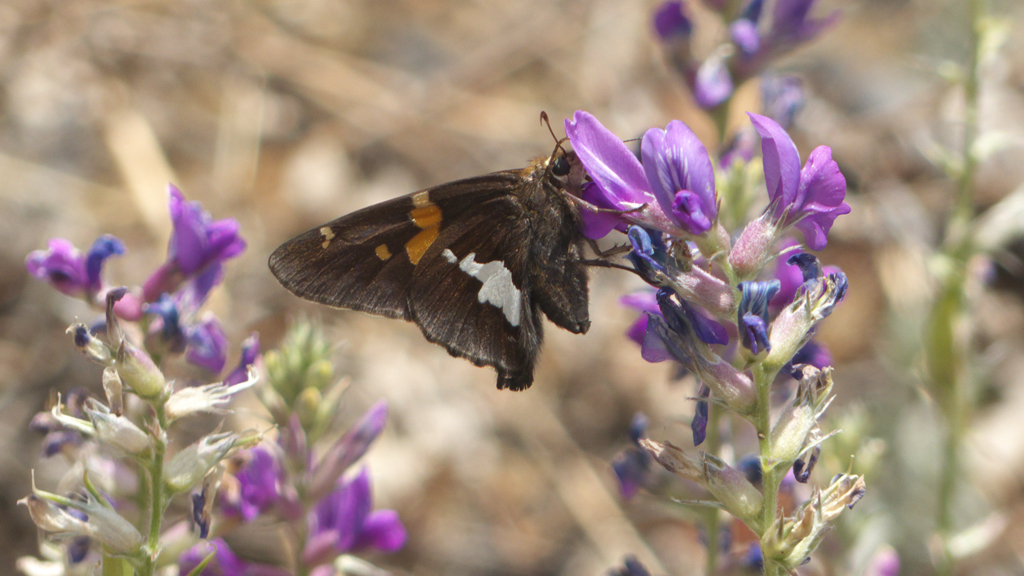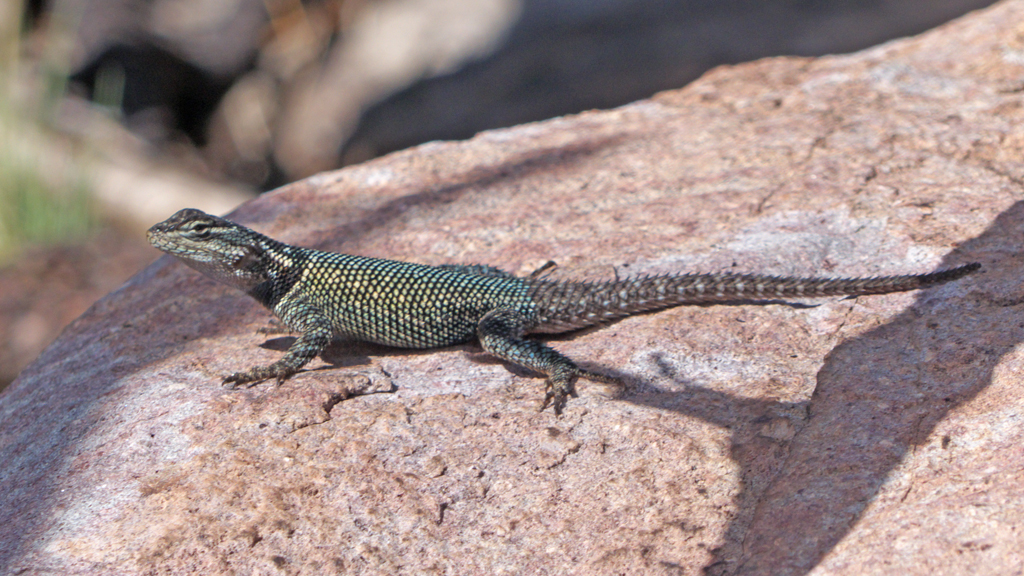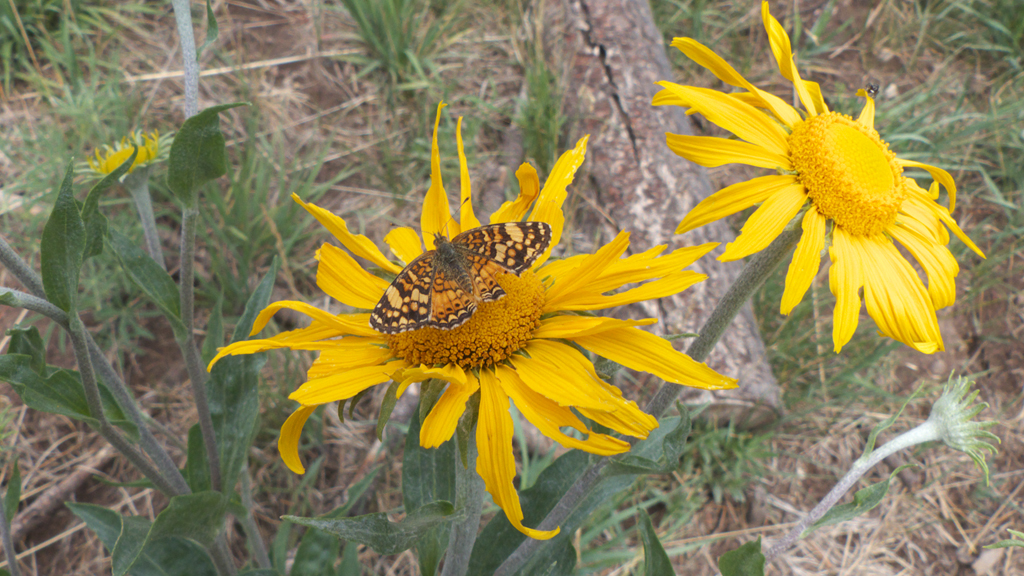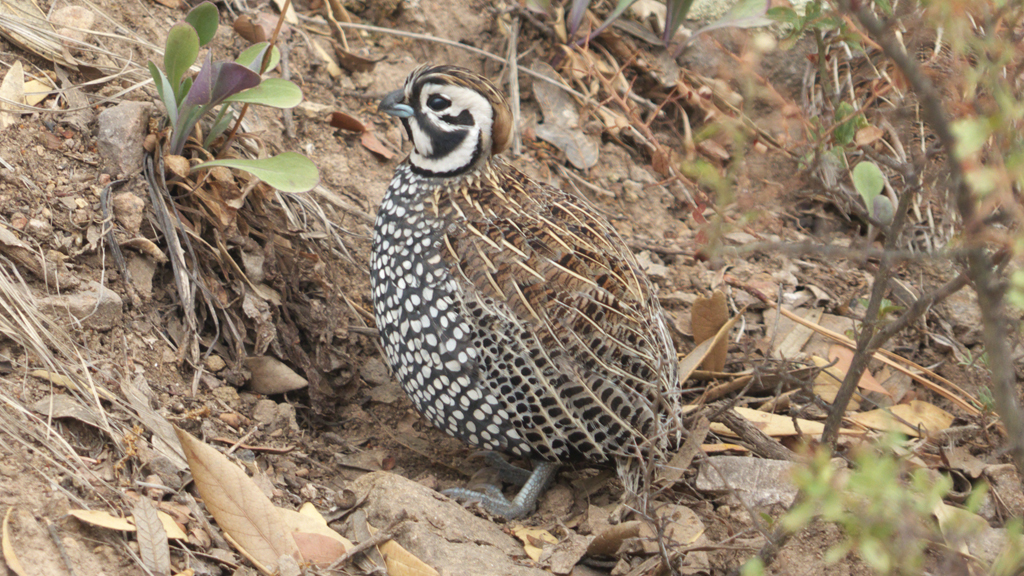Amateur Radio Field Day 2016: Back to the Chiricahuas!
June 23-27, 2016
Every year on the fourth weekend in June, more than 30,000 ham radio operators nationwide participate in a "Field Day" sponsored by the National Association for Amateur Radio. The purpose of the event is to demonstrate their ability to send messages in many different forms without the use of phone systems, internet or any other infrastructure that can be compromised in a crisis. Using only emergency power supplies, ham operators construct emergency stations in parks, shopping malls, schools and back yards all over the country.
From 2006 to 2010, members of Tucson's SWOT ("sidewinders on 2") gathered every year at Rustler Park in the Chiricahuas for Field Day. Then in 2011, the disastrous Horseshoe II Fire incinerated more than 220,000 acres in the Chiricahuas, including our beloved Barfoot Lookout. In subsequent years, with Rustler Park burnt to a crisp and Coronado Forest closed because of fire danger, we experimented with a few alternate locations including Pinal Peak and Pueblo Park in the Blue Range.
But last summer, a hike along the Crest Trail convinced us that the Chirichuas had recovered enough that some locations might be suitable for camping. Two weeks before Field Day, Dave B, Adele, Dennis and I scouted a couple of possible locations. The three of them went up Thursday to secure the location, and I caught a ride with Dave C and Rogil Friday morning.

The view from our campsite
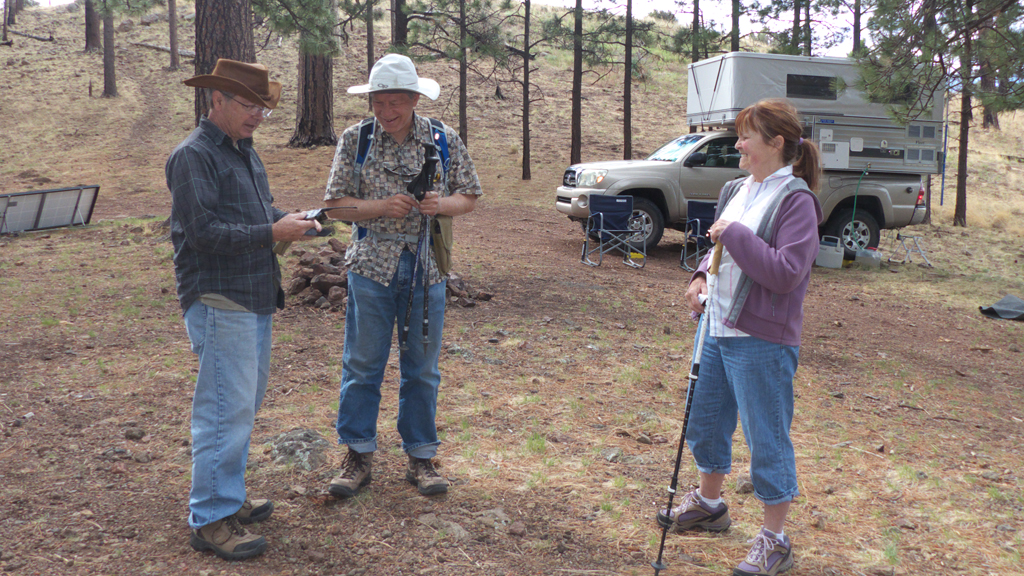
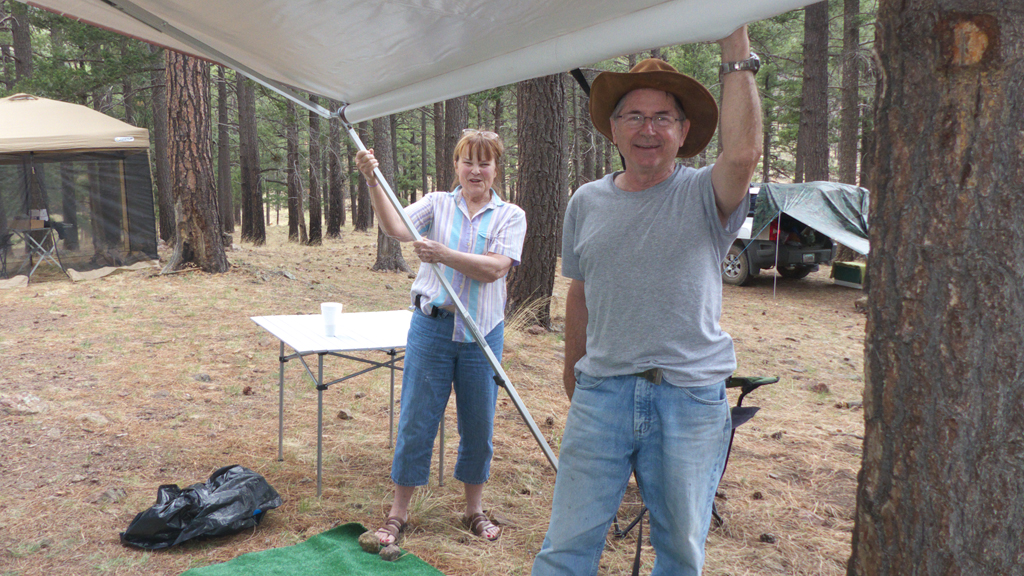
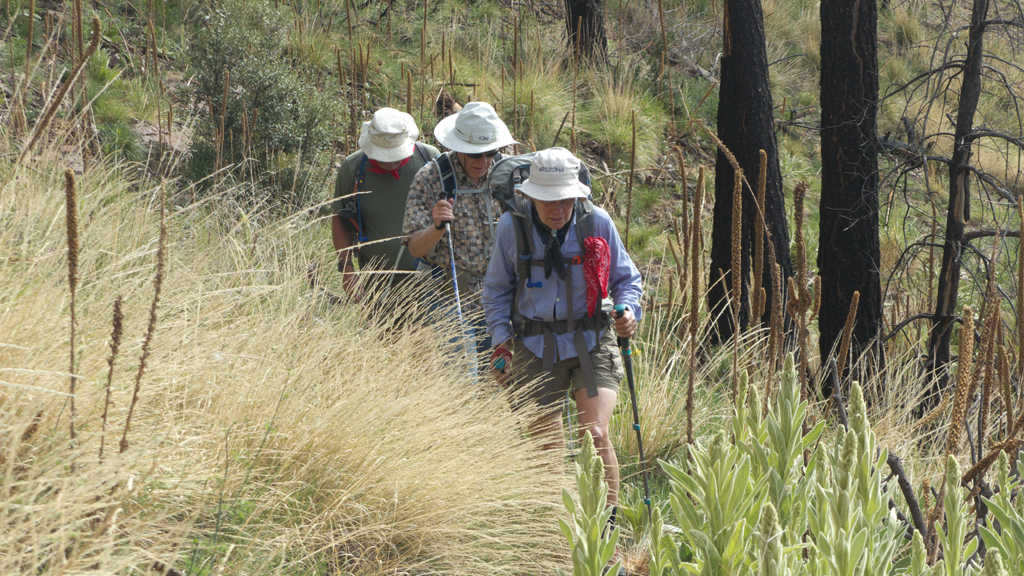
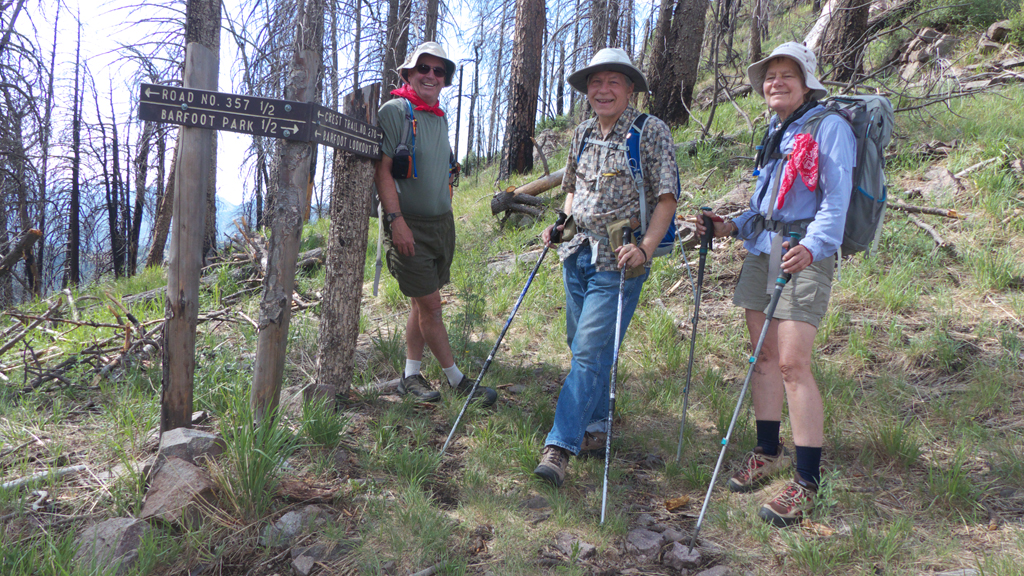

It was sad to see nothing but melted glass and twisted metal where a 1935-vintage wooden fire tower once stood. But the view is still amazing!
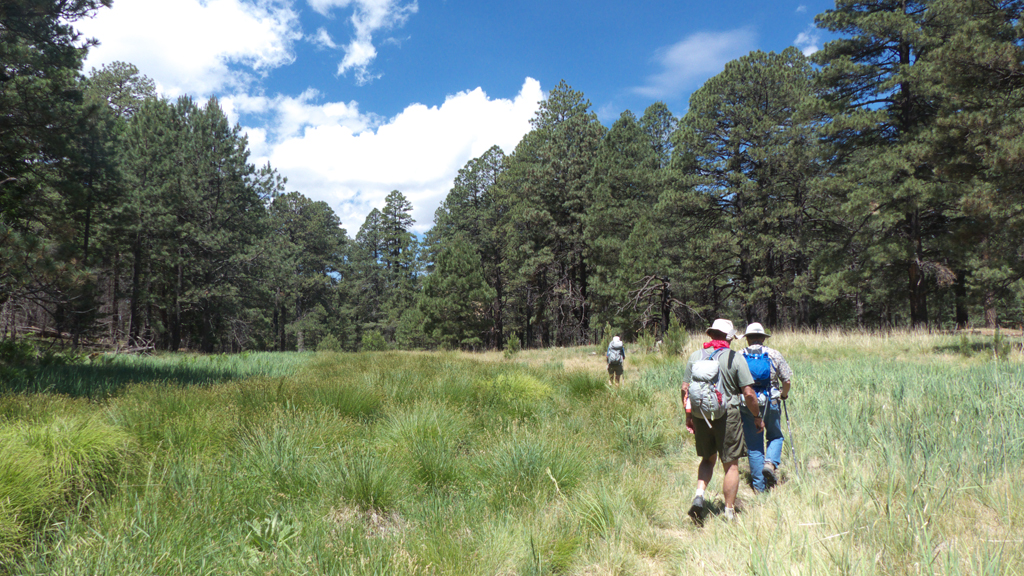
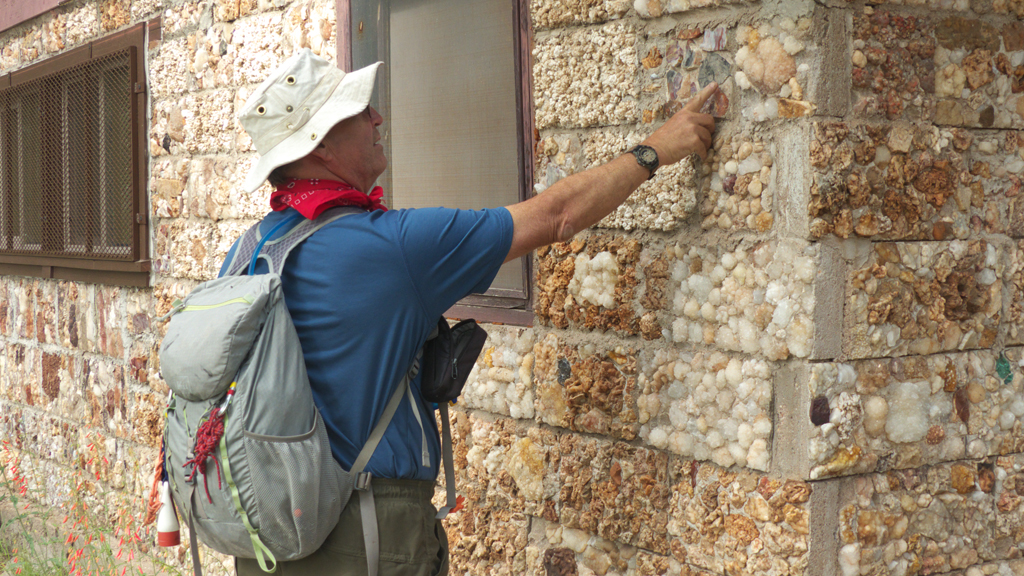
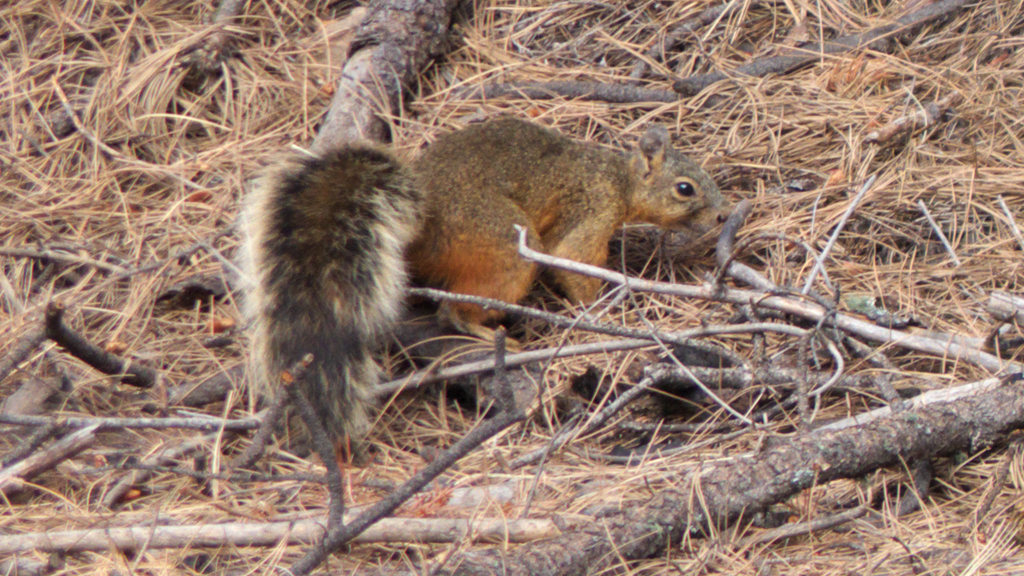
We saw two bears, a fox, a skunk and at least eight turkeys that morning! Gould's Turkeys had vanished from Arizona until 2006, when 25 turkeys captured in Mexico were released in the Chiricahua Mountains. They seem to be making a comeback! I saw more wild turkeys in the last three days than in the preceding 62 years!
